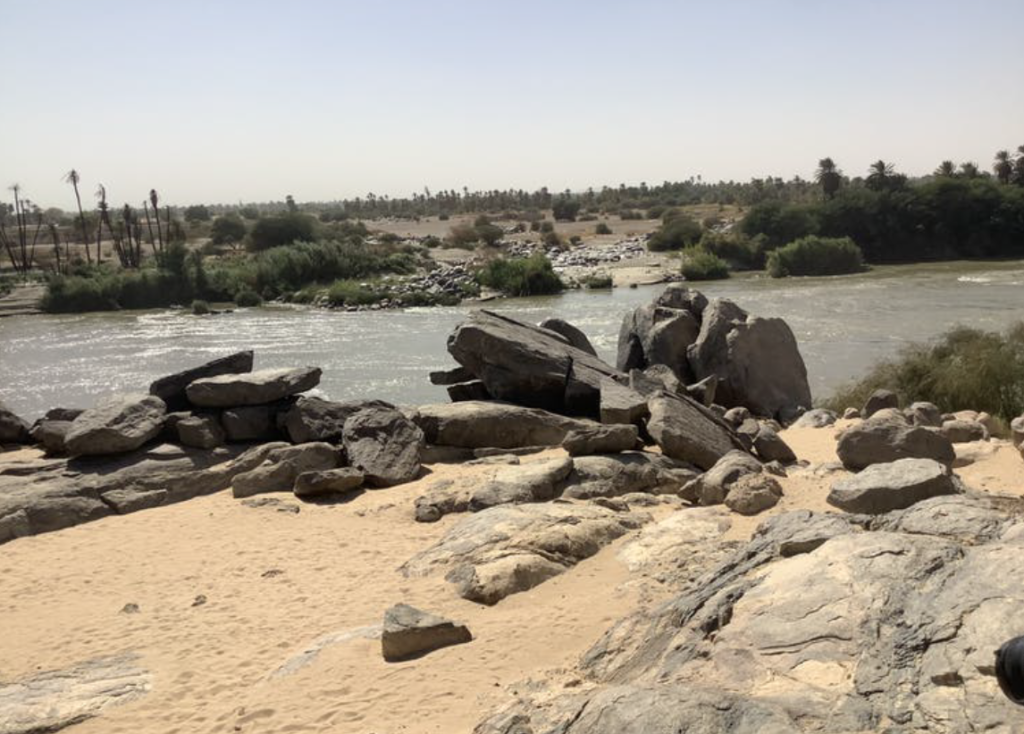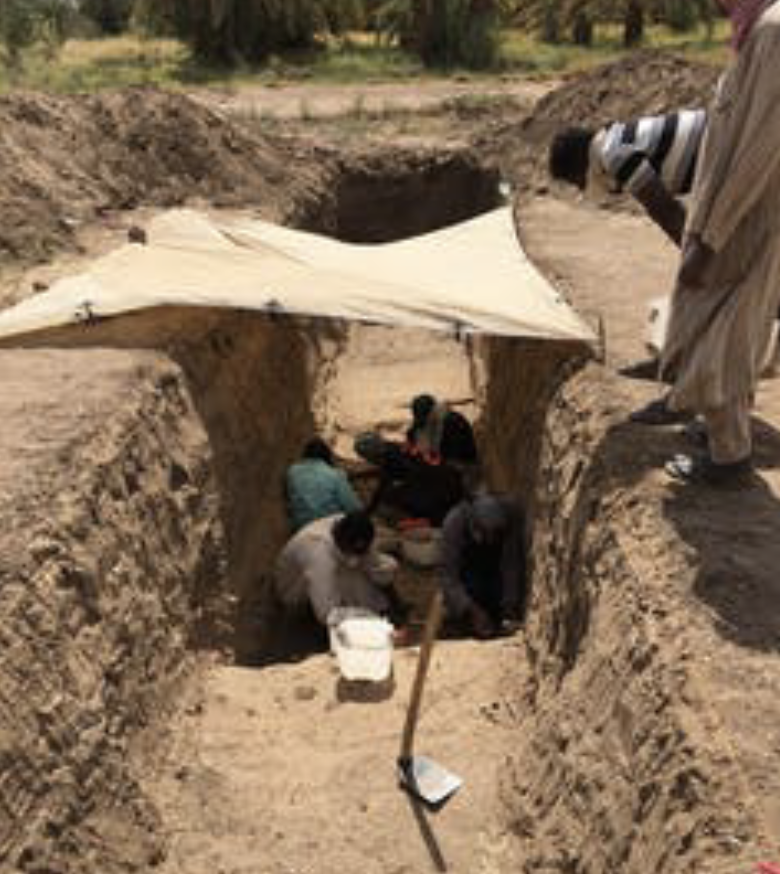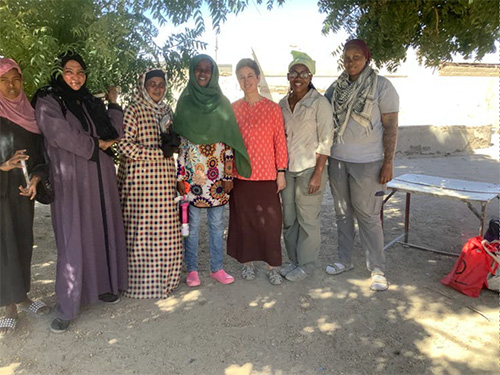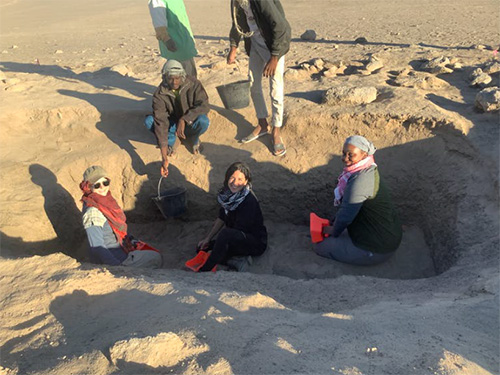AFRICA THOUGHT
– News features, commentaries, analyses, interviews & Op-ed.
Nile Archaeological site Finds Another Testament To Prehistoric Nubian Civilization

Along its length, the Nile has six cataracts – rocky places with shallow, fast-moving water. Tombos is at the Third Cataract. Michele R. Buzon, CC BY-ND
By Michele R. Buzon
Circular mounds of rocks dot the desert landscape at the archaeological site of Tombos in northern Sudan. They reveal tumuli – the underground burial tombs used as far back as 2500 B.C. by ancient inhabitants of this Kush or Nubia region. As a bio archaeologist who excavates and analyzes human skeletal remains along with their related grave goods, I’ve been working at Tombos for more than 20 years.
Discussions about ancient history in Africa are dominated by the rise of Egypt. But there were several societies that rose to great power in the Nile River Valley since the middle of the third millennium B.C., including this often-overshadowed neighbor to Egypt’s south. Even though ancient Kush rivaled and, at times, conquered Egypt, there’s been a relative lack of modern attention paid to this civilization.
Early 20th century research expanded scholars’ understandings of ancient Kush, but the interpretations had colonial and racist biases that often obscured this civilization’s strengths and achievements.
Illuminating life and death at Tombos
Archaeology examines the remains of the ancient inhabitants to reveal information about their physical activity, as well as infection and nutrition. Conditions such as heart disease, cancer and the effects of hard labor all leave marks on the human body that provide insights into the epidemiology of disease in the past. They help us trace the factors that play a role in health conditions and their social context.

Members of the research team looking for subterranean structures. Stuart Tyson Smith, CC BY-ND
Involving today’s inhabitants with finds from the past
Our interactions with town residents – through archaeological work, casual conversations over tea and formal presentations of our findings – have shown us that they are proud of the region’s ancient people and wish for themselves and others to know more about them.
A recent lecture and discussion that my Sudanese colleague, Remah Abdelrahim Kabashi Ahmed, and I held for the women of Tombos showed us how curious the women are about the past as well as the present. Remah, who is training in bioarcheology, and I answered questions such as: What kind of medicine did people use then? How old was the baby at death? Why did people put a bed and jewelry in their tomb? They notice the use of beds in ancient burials that look similar to those carved in recent times.
Importantly, they tell us that they want more presentations because their male family members who work at the archaeological site with us do not share with them what we have found. As a result, we’ve expanded our outreach in many ways, including by collaborating with the local schools to produce teaching materials about archaeology, local history and Tombos site findings.

The archaeological team prioritizes sharing their findings with the local community, particularly the women, who are less likely to work at the site as laborers. The author is third from the right. Michele R. Buzon, CC BY-ND

Research team members excavating a tumulus burial structure. Michele R. Buzon, CC BY-ND
Your comments, ideas, and thoughts matter.
Drop us a line: